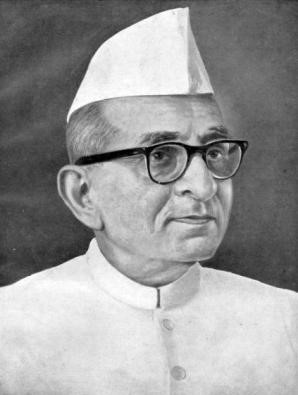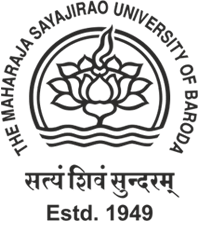
About Me:
-
Name:
Shri Kanaiyalal Maneklal Munshi
-
Category:
Politics
-
Award:
-
Area:
Indian independence movement activist, socialist, politician, writer and educationist.
Details:
Education: Bachelor in Arts (hons). of English Degree of LLB in Mumbai in 1910 and registered as lawyer in the Bombay High Court.
Biography: Due to influence of Aurobindo, Munshi leaned towards revolutionary group and get himself involved into the process of bomb-making. But after settling in the Mumbai, he joined Indian Home Rule movement and became secretary in 1915. In 1917, he became secretary of Bombay presidency association. In 1920, he attended annual congress session at Ahmedabad and was influenced by its president Surendranath Banerjee.
In 1927, he was elected to the Bombay legislative assembly but after Bardoli satyagraha, he resigned under the influence of Mahatma Gandhi. He participated in the civil disobedience movement in 1930 and was arrested for six months initially. After taking part in the second part of same movement, he was arrested again and spent two years in the jail in 1932. In 1934, he became secretary of Congress parliamentary board. Munshi was elected again in the 1937 Bombay presidency election and became Home Minister of the Bombay Presidency. During his tenure of home minister, he suppressed the communal riots in Bombay. Munshi was again arrested after he took part in Individual satyagraha in 1940.
As the demand for Pakistan gathered momentum, he gave up non-violence and supported the idea of a civil war to compel the Muslims to give up their demand. He believed that the future of Hindus and Muslims lay in unity in an "Akhand Hindustan". He left Congress in 1941 due to dissents with Congress, but was invited back in 1946 by Mahatma Gandhi.
Offices held Member of Bombay Legislative Assembly
Member of Working committee of Indian National Congress (1930), Member of All India Congress Committee (1930-36,1947)
Secretary of Congress Parliamentary Board (1934)
Home Minister of Government of Bombay (1937-40)
Post-independence India
He was a part of several committees including Drafting Committee, Advisory Committee, Sub-Committee on Fundamental Rights. Munshi presented his draft on Fundamental Rights to the Drafting Committee and it sought for progressive rights to be made a part of Fundamental Rights.
After the independence of India, Munshi, Sardar Patel and N. V. Gadgil visited the Junagadh State to stabilise the state with help of the Indian Army. In Junagadh, Patel declared the reconstruction of the historically important Somnath temple. Patel died before the reconstruction was completed. Munshi became the main driving force behind the renovation of the Somnath temple even after Jawaharlal Nehru's opposition.
Munshi was appointed diplomatic envoy and trade agent (Agent-General) to the princely state of Hyderabad, where he served until its accession to India in 1948. Munshi was on the ad hoc Flag Committee that selected the Flag of India in August 1947, and on the committee which drafted the Constitution of India under the chairmanship of B. R. Ambedkar.
Besides being a politician and educator, Munshi was also an environmentalist. He initiated the Van Mahotsav in 1950, when he was Union Minister of Food and Agriculture, to increase area under forest cover. Since then Van Mahotsav a week-long festival of tree plantation is organised every year in the month of July all across the country and lakhs of trees are planted.
Munshi served as the Governor of Uttar Pradesh from 1952 to 1957.
In 1959, Munshi separated from the Nehru-dominated (socialist) Congress Party and started the Akhand Hindustan movement. He believed in a strong opposition, so along with Chakravarti Rajagopalachari, he founded the Swatantra Party, which was right-wing in its politics, pro-business, pro-free market economy and private property rights. The party enjoyed considerable success and eventually died out.
In August 1964, he chaired the meeting for the founding of the Hindu nationalist organisation Vishva Hindu Parishad at Sandipini ashram.

